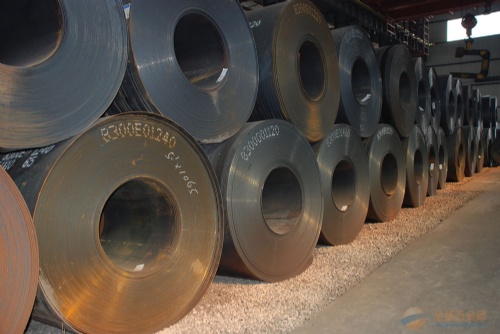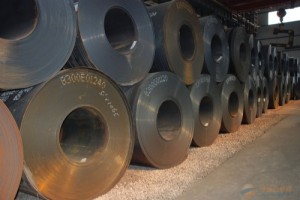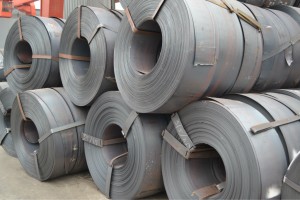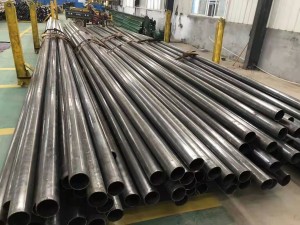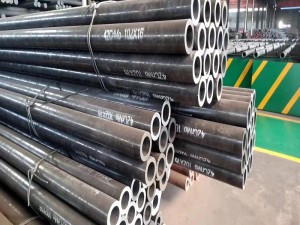Q355d steel plate
Short Description:
Steel plate is a flat steel plate cast with molten steel and pressed after cooling.
It is flat and rectangular, which can be directly rolled or cut by wide steel strip.
Steel plates are divided according to thickness. Thin steel plates are less than 4mm (the thinnest is 0.2mm), medium thick steel plates are 4 ~ 60mm, and extra thick steel plates are 60 ~ 115mm.
Steel plate is divided into hot rolling and cold rolling according to rolling.
The width of the sheet is 500 ~ 1500 mm; The width of the thickness is 600 ~ 3000 mm. Thin plates are divided into ordinary steel, high-quality steel, alloy steel, spring steel, stainless steel, tool steel, heat-resistant steel, bearing steel, silicon steel and industrial pure iron thin plates; According to professional use, there are oil barrel plate, enamel plate, bulletproof plate, etc; According to the surface coating, there are galvanized sheet, tinned sheet, lead plated sheet, plastic composite steel plate, etc.
Thickness
The steel grade of thick steel plate is basically the same as that of thin steel plate. In terms of products, in addition to bridge steel plate, boiler steel plate, automobile manufacturing steel plate, pressure vessel steel plate and multi-layer high-pressure vessel steel plate, some varieties of steel plates, such as automobile girder steel plate (2.5 ~ 10mm thick), checkered steel plate (2.5 ~ 8mm thick), stainless steel plate, heat-resistant steel plate and other varieties are crossed with thin plates.
In addition, the steel plate also has material. Not all steel plates are the same. The material is different, and the place where the steel plate is used is also different.
Properties of alloy steel
With the development of science, technology and industry, higher requirements are put forward for materials, such as higher strength, resistance to high temperature, high pressure, low temperature, corrosion, wear and other special physical and chemical properties. Carbon steel can not fully meet the requirements.
Deficiency of carbon steel:
(1) Low hardenability. In general, the maximum diameter of water quenched carbon steel is only 10mm-20mm.
(2) The strength and yield strength are relatively low. Such as ordinary carbon steel and Q235 steel σ S is 235mpa, while low alloy structural steel 16Mn σ S is more than 360MPa. 40 steel σ s / σ B is only 0.43, much lower than that of alloy steel.
(3) Poor tempering stability. Due to the poor tempering stability, when the carbon steel is quenched and tempered, it is necessary to adopt a lower tempering temperature in order to ensure higher strength, so the toughness of the steel is low; In order to ensure better toughness, the strength is low when high tempering temperature is adopted, so the comprehensive mechanical property level of carbon steel is not high.
(4) It cannot meet the requirements of special performance. Carbon steel is often poor in oxidation resistance, corrosion resistance, heat resistance, low temperature resistance, wear resistance and special electromagnetic properties, which can not meet the needs of special performance.
